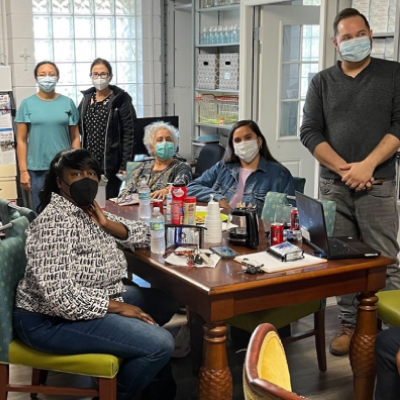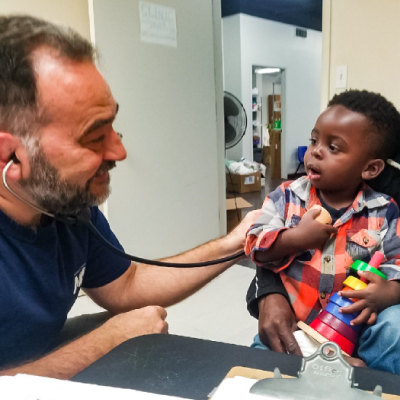- Who We Are
- Clinician Employment
- Publications
- Witness to Witness (W2W)
- El Premio Kugel & Zuroweste a la Justicia en la Salud
- Your Voice Matters: Photovoice Project
Thu, 04/28/2016 | by Claire Hutkins Seda

 Today, as every day, two Latino workers will die in the US as a result of work-related injuries or illnesses. These deaths are largely preventable. Thousands of workers will die this year, on farms, on fishing boats, at construction sites, in transportation, all over America.
Today, as every day, two Latino workers will die in the US as a result of work-related injuries or illnesses. These deaths are largely preventable. Thousands of workers will die this year, on farms, on fishing boats, at construction sites, in transportation, all over America.
Today is International Workers’ Memorial Day, the epicenter of a week dedicated to honoring workers who died on the job or as a result of occupational exposures or injuries on the job. It’s also a time to reflect on the inequalities among those who are fatally injured as a result of their work. The percentage of fatal work injuries involving Hispanic or Latino workers is higher than that of other ethnicities -- and in recent years has been on the rise, at a time when overall work-related fatalities have decreased. According to a new AFL-CIO report, “Latino workers continue to be at higher risk than other workers. There were 804 Latino workers killed on the job in 2014, 64% of whom were immigrant workers.”
Why are the numbers higher? Latino and immigrant workers make up a large percentage in some of the most dangerous occupations like agricultural work and construction. Agricultural worker standards continue to lag behind regulations for other industries, which puts Latino workers in harm’s way. What’s more, cultural and language differences may prevent workers from getting the training they need to stay safe on the job. Immigrant workers may be unaware of their rights at work, like receiving personal protective equipment and training. Many may be concerned to ask or advocate for themselves. Research conducted by MCN’s Amy Liebman and others found that being a worker without authorization is an occupational hazard. To put it another way, “lacking documentation is similar to other hazards such as lack of knowledge of workplace chemicals or insufficient health and safety training -- all of these increase the likelihood of injury on the job,” our recent article on the research noted.
But today is not just a day to mourn for those lost. It is a day to advocate for the right to a safe workplace for all workers, to prevent future deaths. Migrant Clinicians Network offers many resources to assist workers in understanding their rights on the job and for best responding to occupational and environmental incidents when they do occur. Here are a few of our most popular resources:
- Seguridad en las lecherías, an award-winning health and safety curriculum for immigrant dairy workers.
- Communicating Safety: English as a Second Language Health and Safety Training Materials includes our OSHA-approved bilingual picture dictionary.
- Pesticide Reporting and Resources: MCN’s Exposure Reporting and Workers' Compensation Map shows clinicians how to report a pesticide incident by state. This page also features our popular Spanish language pesticide comic books and useful pesticide clinical tools.
Workers’ Memorial Day is being commemorated around the world. Here are a few resources to learn more and get involved in today’s events:
- AFL-CIO offers fact sheets, a poster, and artwork relating to Workers’ Memorial Day.
- NCOSH has suggestions and resources on how to celebrate including webinars on worker fatalities.
- The Fatality Assessment and Control Evaluation Program (FACE) program provides prevention materials in English and Spanish.
Like what you see? Amplify our collective voice with a contribution.
Return to the main blog page or sign up for blog updates here.







